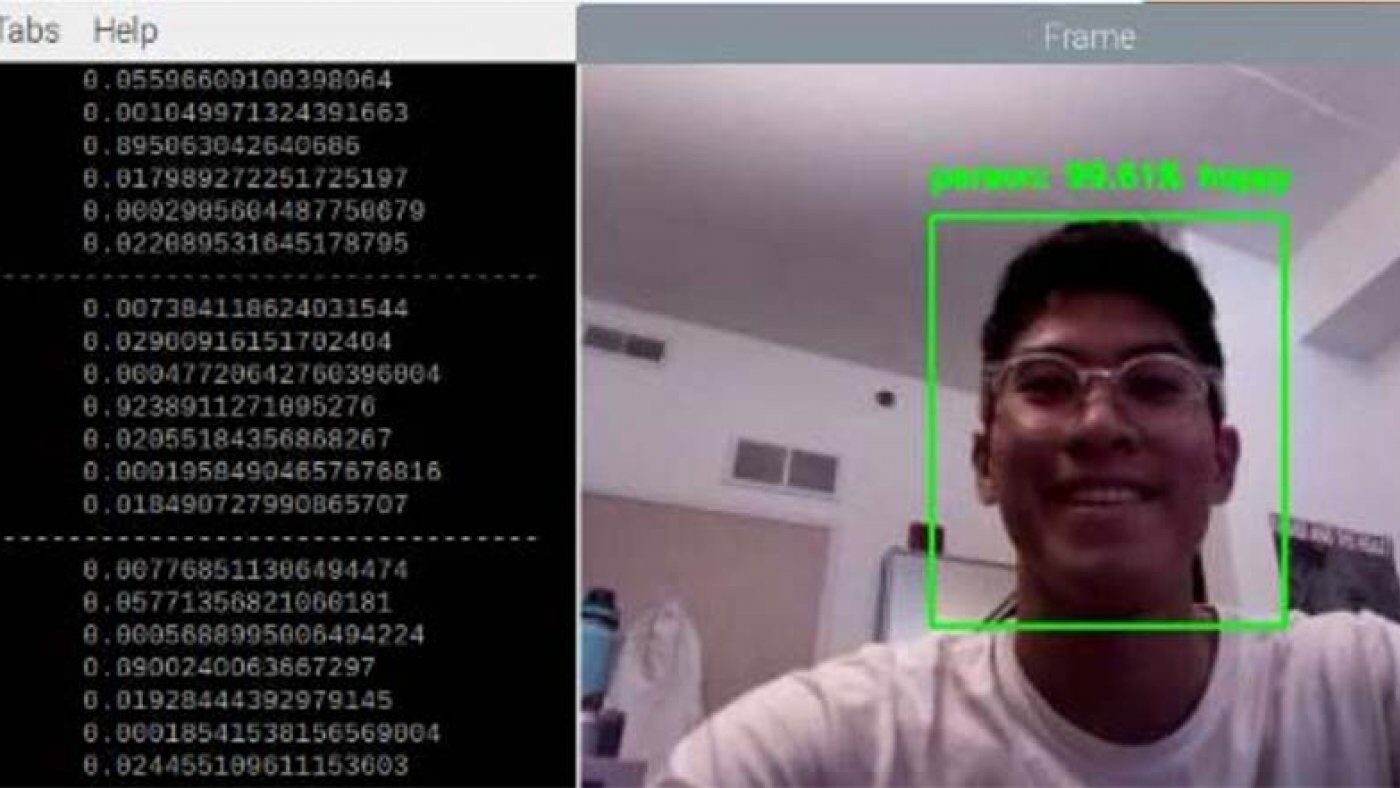
[Smile.], led by Anthony Vanky, an assistant professor of urban and regional planning, is one of four Taubman College-led projects that recently received funding support from U-M’s ArtsEngine initiative.
U-M ArtsEngine, an initiative that supports interdisciplinary research across the arts, design, engineering, information sciences, and technology, awarded four out of six Arts Integrative Interdisciplinary (AiiR) Faculty Grants to Taubman College faculty this fall.
ArtsEngine’s mission is to provide a framework for creative and collaborative engagement for students and faculty through interdisciplinary teaching, learning, research, and community. The AiiR Faculty Grants support projects integrating the arts or design with other disciplines that are significant for advancing disciplinary practices, perceptions or capabilities.
The grant-winning projects and teams are:
Empathy in Point Clouds (EIPC_FEAST): Reconstructing Spatial Ideas & Storytelling through Immersive Technologies in Architecture
Dawn Gilpin, a lecturer in architecture, leads this project, which seeks to develop immersive tool sets that produce ways of critically assessing spatial ideas and storytelling. With the convenience of technology, the work of the architect and designer has become increasingly remote from the site of interest. Through the development of tutorials and workflows in LiDAR point clouds, photogrammetry, VR/AR, motion capture, animation, and other immersive technologies, the researchers aim to revisit and reconsider the representation of spaces and sites in design processes and storytelling.
Project collaborators: Damen Provost, managing director of the U-M Robotics Institute; Bill Manspeaker, ITS manager at Taubman College; Jim Whitmore and Brady O’Brien, FARO reps; and Tom Bray and Linda Knox, Emerging Technologies Group staff at U-M’s Duderstadt Center. This research is also being conducted through a UARTS Faculty Engineering/Arts Student Team (FEAST) project.
DomusSol
Lars Junghans, an associate professor in architecture, leads DomusSol, an innovative integrative technology that builds on research recently conducted at the university on the design of net-zero buildings. The research presents a new building standard that aims to combine affordability and sustainability for net-zero buildings in the United States.
Project collaborators: Herek Clack, associate professor in the U-M Department of Civil and Environmental Engineering; and Deok-oh Woo, assistant professor in civil and architectural engineering at Lawrence Technological University.
[Smile.]
Led by Anthony Vanky, an assistant professor of urban and regional planning, [Smile.] is an interactive installation that uses computer vision to measure human affect. The research engages with computational means of policing, identifying, and optimizing civic systems, such as Detroit’s Project Green Light or London’s CCTV policing system. Making artificial technologies more transparent involves interrogating the ways in which the algorithms are designed, and for whom they may be accurate (or inaccurate). The installation involves an engaging real-time interface showing the computer imagery, algorithm outputs, and aggregated statistics to investigate the happiness of the location. There is also “The Control Room,” an interface that reveals the statistical confidence, uncertainties, and potential biases to those whose effect is being measured. Taken together, [Smile.] is a platform to explore these computational technologies and our increased use of them by making otherwise invisible processes more transparent.
Project collaborators: Bryan Boyer, director of the urban technology program at Taubman College; Meghana Tummala, an undergraduate architecture student; Christian Wong, an undergraduate computer science student; Kiana Wenzell (consultory), director of culture and community at Design Core Detroit; and Jerry Lynch (consultory, TBC) professor in the U-M Department of Civil and Environmental Engineering
Common House: Semantic Plan Database for GAN’s in Architecture
Matias del Campo, associate professor of architecture, leads this project on the lack of datasets specifically tailored towards architecture design when working with artificial intelligence (AI). In most cases, existing datasets that contain buildings and plans were not created by architects, leaving architects without the level of information and attention to detail that they need. This project embarks on creating large-scale repositories containing annotated plans and house 3D models that would allow everyone to engage with high-quality datasets. Engaging a global community will aid in avoiding creating heavily biased datasets. In the spirit of open source and equitable access to data, the final datasets will be free and publicly available. The team also will develop a series of tutorial videos to guide the use of these datasets for design tasks.
Project collaborators: Justin Johnson, assistant professor in the U-M Department of Electrical Engineering and Computer Science; Jessy Grizzle, director of Michigan Robotics and professor in the U-M Department of Electrical Engineering and Computer Science; Danish Sayed, a graduate student in the U-M Department of Electrical Engineering and Computer Science; and Alexandra Carlson, a doctoral. student in the U-M Robotics Institute.


